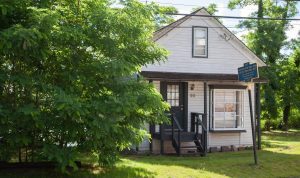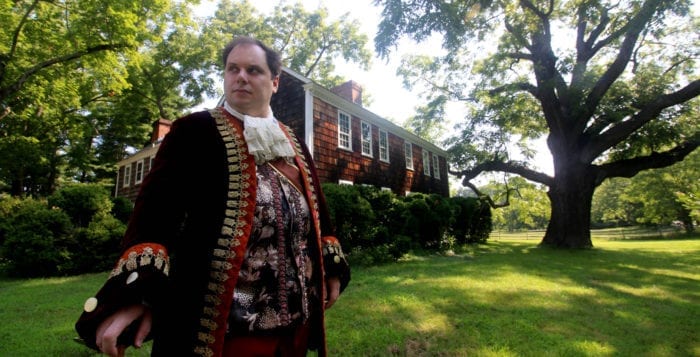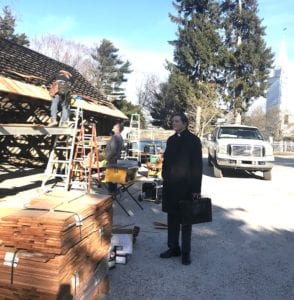The Whaling Museum & Education Center of Cold Spring Harbor has announced the new fabrication and acquisition of a life-size inflatable whale, which will travel to locations across Long Island in a new “Whale on Wheels” educational program.
This will be the only whale of its kind in the state of New York and will serve as a crucial educational tool to address the needs of children from pre-kindergarten through sixth grade in the museum’s traveling programs.

The inflatable whale is a 45-foot Sperm Whale. A unique aspect of the whale is that the public will be able to step inside to view its internal organs. The inflatable is a custom piece fabricated by the company Landmark Creations in Minnesota, and will use pressurized air with a blower. The whale’s design was modeled utilizing multiple sperm whale images.
Museum educators will use the whale to bring the sperm whale’s story, history, and biology to life. Sperm whales are the largest of the toothed whales, and are found in all deep oceans worldwide. With their massive, square-shaped heads, adult males can weigh 90,000 to 100,000 pounds, which is more than 700 people combined. From the height of Yankee whaling in the 19th century through the 1970’s, sperm whales were heavily targeted by American and international whalers, pushing the whale to the brink of extinction. An international ban on whaling went into effect in 1987.
Today, sperm whale populations are still slow to recover, and are currently listed as endangered under the Endangered Species Act. Sperm whales are threatened by vessel strikes, entanglement in fishing gear, marine debris ingestion, and other threats from human impacts on the ocean environment.
Similar to real whales, the inflatable whale is designed with realistic scars on its body, such as propeller scars on its tail, to help demonstrate the pressures whales face today.
Main support for this project comes from a $16,050 grant from The Robert David Lion Gardiner Foundation, which primarily supports the study of Long Island history and its role in the American experience. Robert D. L. Gardiner was the 16th Lord of the Manor of Gardiner’s Island until his death in 2004. The Foundation is inspired by Gardiner’s personal passion for New York history.
“We are very thankful to the Gardiner Foundation for partnering with our Museum to enable our education team to provide schools and libraries with the greatest teaching tool of all — a traveling life-size whale,” noted Nomi Dayan, Executive Director of the museum.
Additional funding for this project comes from an Innovation Grant awarded from the Long Island Library Resources Council, which supports unique and new projects in cultural institutions in the region.
The whale will arrive at the museum at the end of November, and the museum plans to introduce the whale to the public in Spring 2025.










